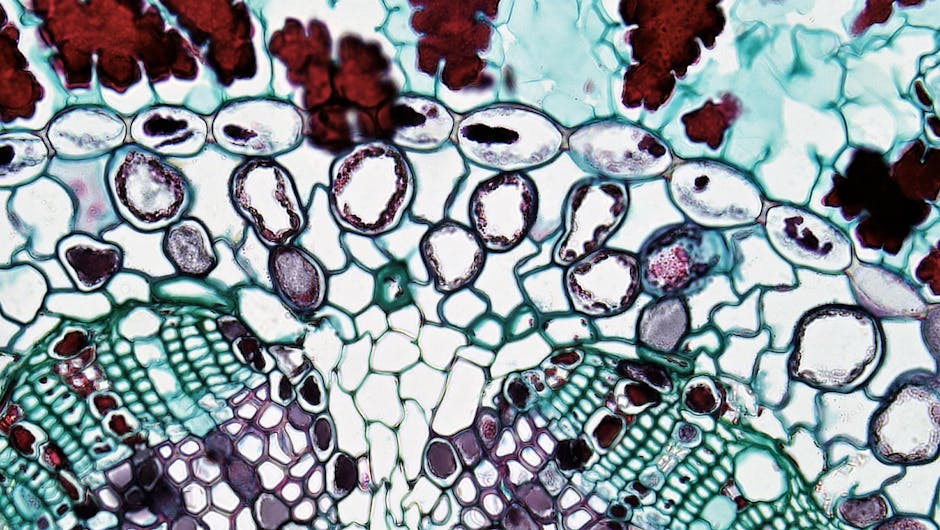Table of Contents
Nutrition education has become increasingly important in our modern world where health challenges like obesity and chronic diseases continue to rise. Understanding the science behind what we eat—particularly food chemistry—can dramatically improve health outcomes and empower individuals to make informed dietary choices. This comprehensive approach to nutrition education combines scientific knowledge with practical application, creating a foundation for lifelong health and wellness.
When we examine nutrition through a scientific lens, we gain valuable insights into how different nutrients interact with our bodies at the cellular level. This knowledge isn’t just academic—it has real-world applications that can help people optimize their diet for better physical performance, cognitive function, and overall wellbeing. By bridging the gap between complex nutritional science and everyday eating habits, proper nutrition education serves as a powerful tool for health transformation.
The Fundamental Principles of Food Chemistry

Photo by Mikhail Nilov on Pexels
Food chemistry examines the chemical processes and interactions of all biological and non-biological components of foods. This scientific discipline helps us understand how cooking methods alter nutrients, how preservation techniques affect food quality, and how our bodies process different compounds found in food.
At its core, food chemistry explores the composition of foods, including macronutrients (proteins, carbohydrates, and fats) and micronutrients (vitamins and minerals). Proteins, composed of amino acids, are essential for muscle building, enzyme production, and countless bodily functions. Carbohydrates provide our primary energy source, while fats serve as concentrated energy reserves and support cell membrane structure.
Understanding the chemical structure of these nutrients helps explain why certain foods affect our bodies differently. For instance, the molecular structure of simple carbohydrates allows for rapid digestion and quick energy release, while complex carbohydrates with their longer molecular chains provide sustained energy. Similarly, the chemical differences between saturated, monounsaturated, and polyunsaturated fats explain their varying effects on cholesterol levels and heart health.
Food chemistry also illuminates how cooking transforms food. The Maillard reaction, which occurs when proteins and sugars are heated together, creates the distinctive flavors in browned foods. Meanwhile, caramelization changes the flavor profile of sugars when heated to specific temperatures. These chemical reactions not only affect taste but can also impact the nutritional value and digestibility of foods.
Antioxidants represent another fascinating area of food chemistry. These compounds, found abundantly in fruits and vegetables, neutralize free radicals that can damage cells. The chemical structure of antioxidants like vitamin C, vitamin E, and various phytochemicals allows them to donate electrons to stabilize free radicals, potentially reducing oxidative stress and inflammation in the body.





